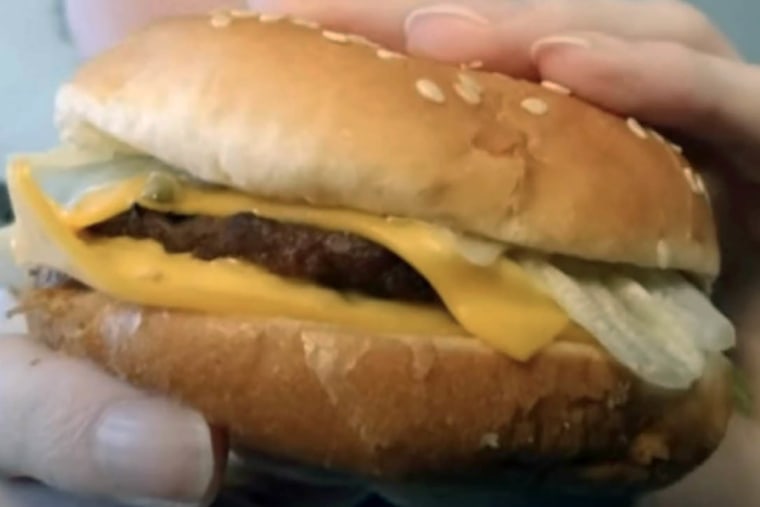The Truth About Burgers: Sizing Controversy and What Every Burger Lover Should Know
Burgers have always occupied a special place at the heart of American cuisine. From casual summer cookouts to national fast food chains, the love for burgers shows no sign of slowing down. But what happens when the size of your favorite burger is called into question? Recent lawsuits and widespread media coverage have highlighted a major debate about how burgers are advertised, versus what customers actually receive.

The Burger Size Debate: More Than Just a Bun Fight
In the world of fast food, visuals are everything. Mouthwatering photographs of burgers entice millions to make a quick stop at their favorite chains. But a major class action lawsuit against Burger King has put these tempting images under the spotlight. According to a recent NBC News report, a federal judge ruled that a lawsuit, alleging Burger King falsely advertised its Whopper size, can move forward. Plaintiffs claim that the burgers in ads appear about 35% larger and have over double the meat compared to what is actually served in-store.
Legal Challenges Facing the Burger Industry
It’s not just about disappointed customers; the burgers debate now involves major legal steps. The class action suit, which originated from shoppers in 13 states, claims Burger King's advertisements mislead consumers. The U.S. District Court found that the plaintiffs’ arguments “go beyond mere exaggeration or puffery,” marking an important turning point for how burger chains present their products.
For more details on the legal implications, you can read the in-depth coverage by Delish. The article highlights how Burger King asserted that their advertising uses the same patties as those in restaurants but admits that their food stylists "styled sandwiches more beautifully" for ads.
Why Do Burger Ads Look So Different?
This controversy isn’t exclusive to Burger King. Many fast food outlets use professional food stylists to create the most visually appealing burgers for promotional images. Ingredients are arranged to show every layer, every topping, and the juiciest parts of the patty. While some degree of enhancement is expected, the question is, at what point does it cross the line into misleading advertising?
The People article on the Burger King case notes that consumers are increasingly aware of these practices. The case specifically highlights ads since 2017 as overstating the burger’s size more than usual. Ultimately, the outcome of this lawsuit could impact how all restaurants market their burgers.
What This Means for Burger Lovers
If you love burgers, this case serves as a reminder to stay informed about the brands you support. Understanding the difference between advertising and reality can save you from disappointment at the counter. But regardless of brand or marketing, one thing remains certain—the burger continues to hold a special status in American food culture.
Conclusion: Stay Savvy, Stay Hungry
The burger size lawsuit has started a national conversation about food advertising standards. While the courts decide on the boundaries of truthful burger ads, remember to enjoy your next burger with realistic expectations. For the latest news on burgers and the evolving fast food industry, keep following updates and make your own tasty judgments—after all, nothing beats the first bite into a freshly made burger.